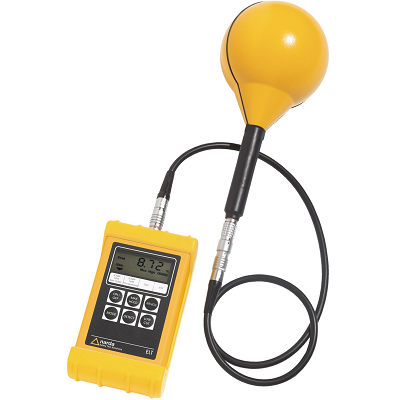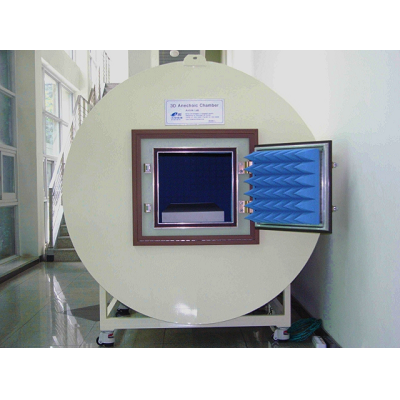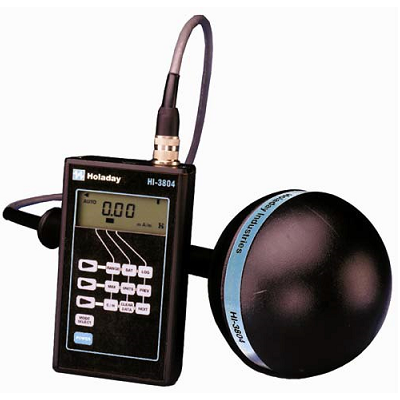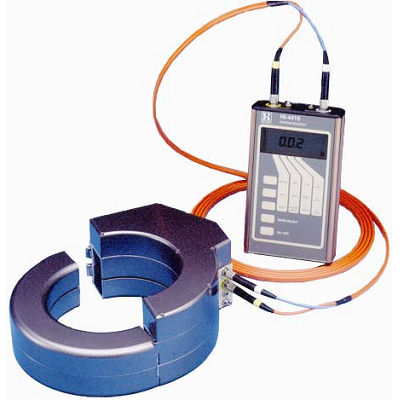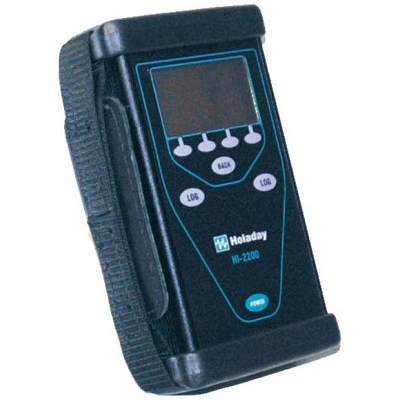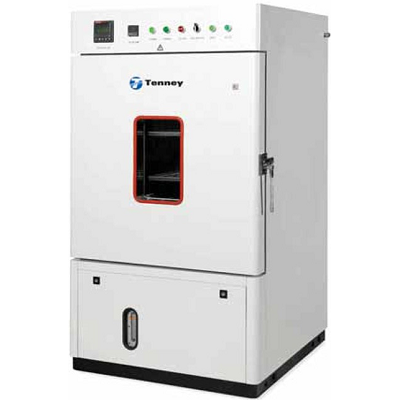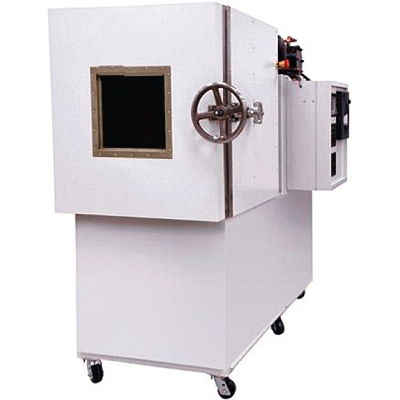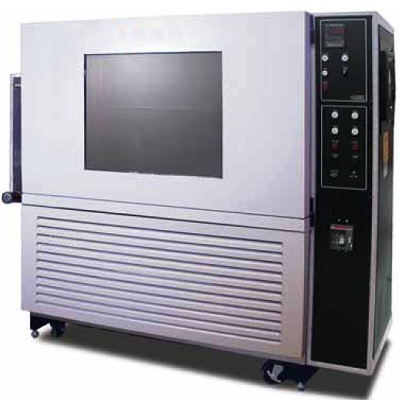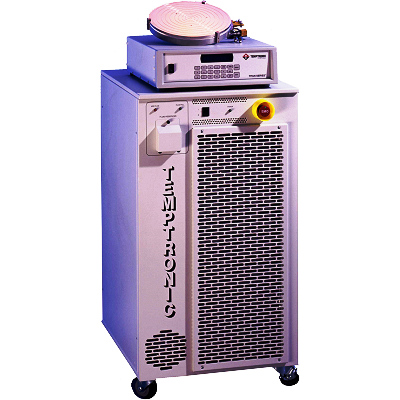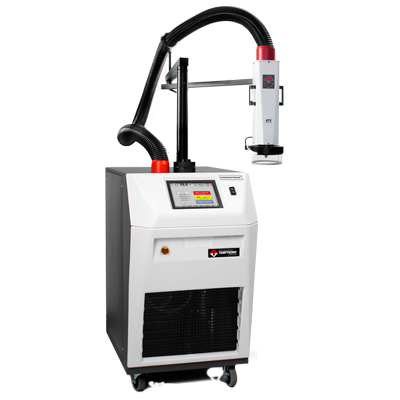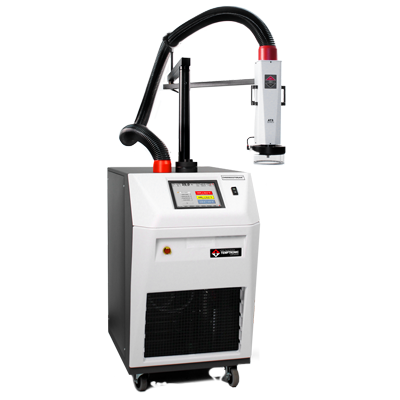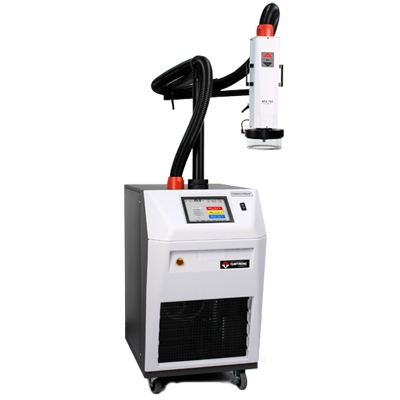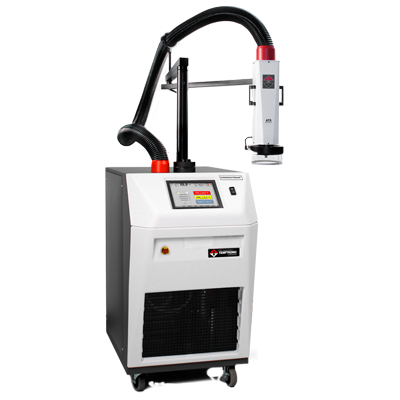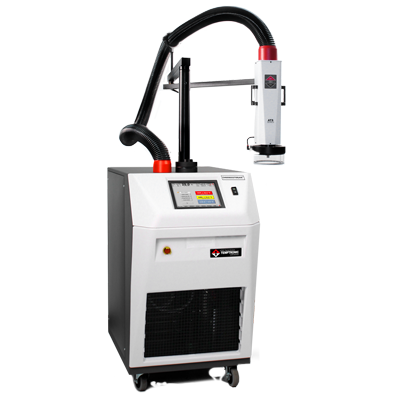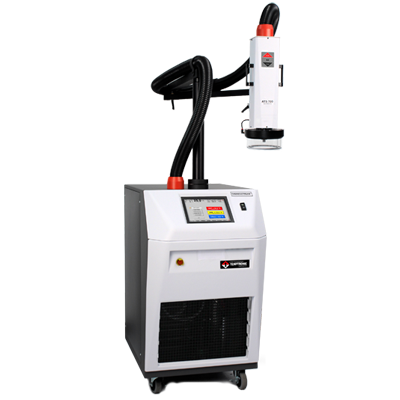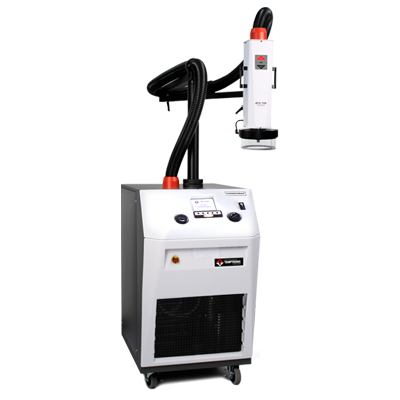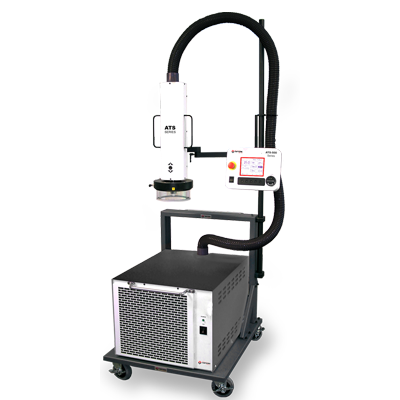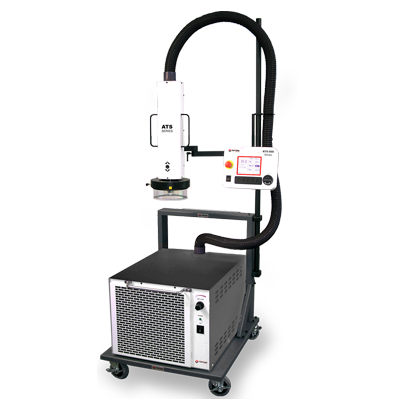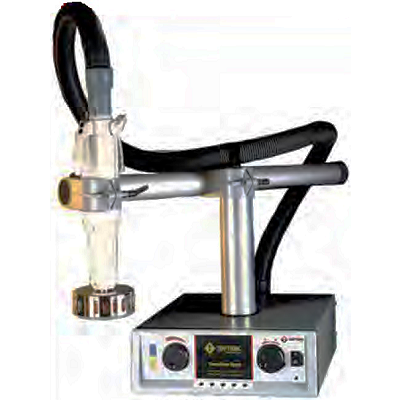
Combustion Analyzers
Environmental testing can identify and quantify compounds and pollutants in air, water, or soil. Alternatively, environmental testing can verify that a product or piece of equipment will perform as expected once it is out in the world. This can take the form of climate testing (e.g. temperature or humidity) or mechanical testing (e.g. measuring shock or vibration). Key instrumentation used in and out of the lab include sample prep equipment, temperature chambers, biofuel analyzers, balances, evaporators, and stability chambers; and particle counters, pH meters, and refractometers, often in handheld versions for field testing. GC systems, auto samplers, and software are also commonly used in environmental testing, along with HPLC systems for carbamate and explosives analysis. Advances in field testing include the ability to use cell phone technology to remotely monitor equipment, and a laser particle analyzer specifically designed for use in the field.
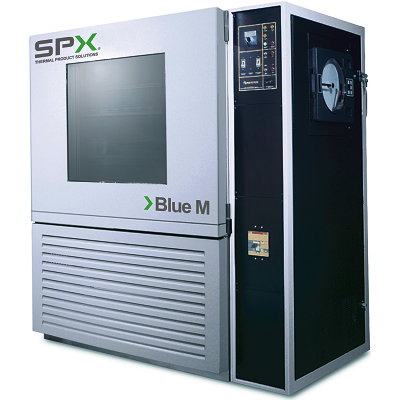
Environmental Chambers
Environmental testing can identify and quantify compounds and pollutants in air, water, or soil. Alternatively, environmental testing can verify that a product or piece of equipment will perform as expected once it is out in the world. This can take the form of climate testing (e.g. temperature or humidity) or mechanical testing (e.g. measuring shock or vibration). Key instrumentation used in and out of the lab include sample prep equipment, temperature chambers, biofuel analyzers, balances, evaporators, and stability chambers; and particle counters, pH meters, and refractometers, often in handheld versions for field testing. GC systems, auto samplers, and software are also commonly used in environmental testing, along with HPLC systems for carbamate and explosives analysis. Advances in field testing include the ability to use cell phone technology to remotely monitor equipment, and a laser particle analyzer specifically designed for use in the field.
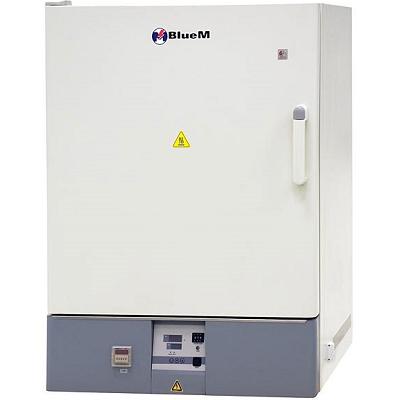
Industrial Ovens
Environmental testing can identify and quantify compounds and pollutants in air, water, or soil. Alternatively, environmental testing can verify that a product or piece of equipment will perform as expected once it is out in the world. This can take the form of climate testing (e.g. temperature or humidity) or mechanical testing (e.g. measuring shock or vibration). Key instrumentation used in and out of the lab include sample prep equipment, temperature chambers, biofuel analyzers, balances, evaporators, and stability chambers; and particle counters, pH meters, and refractometers, often in handheld versions for field testing. GC systems, auto samplers, and software are also commonly used in environmental testing, along with HPLC systems for carbamate and explosives analysis. Advances in field testing include the ability to use cell phone technology to remotely monitor equipment, and a laser particle analyzer specifically designed for use in the field.
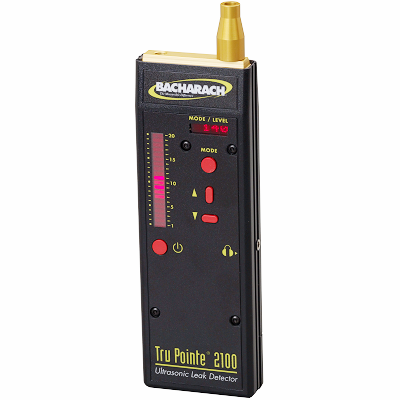
Leak Detectors
Environmental testing can identify and quantify compounds and pollutants in air, water, or soil. Alternatively, environmental testing can verify that a product or piece of equipment will perform as expected once it is out in the world. This can take the form of climate testing (e.g. temperature or humidity) or mechanical testing (e.g. measuring shock or vibration). Key instrumentation used in and out of the lab include sample prep equipment, temperature chambers, biofuel analyzers, balances, evaporators, and stability chambers; and particle counters, pH meters, and refractometers, often in handheld versions for field testing. GC systems, auto samplers, and software are also commonly used in environmental testing, along with HPLC systems for carbamate and explosives analysis. Advances in field testing include the ability to use cell phone technology to remotely monitor equipment, and a laser particle analyzer specifically designed for use in the field.
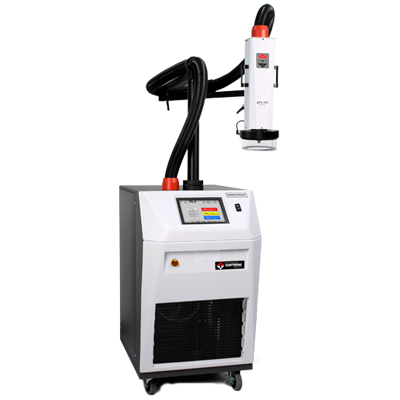
Temperature Forcing Systems
Environmental testing can identify and quantify compounds and pollutants in air, water, or soil. Alternatively, environmental testing can verify that a product or piece of equipment will perform as expected once it is out in the world. This can take the form of climate testing (e.g. temperature or humidity) or mechanical testing (e.g. measuring shock or vibration). Key instrumentation used in and out of the lab include sample prep equipment, temperature chambers, biofuel analyzers, balances, evaporators, and stability chambers; and particle counters, pH meters, and refractometers, often in handheld versions for field testing. GC systems, auto samplers, and software are also commonly used in environmental testing, along with HPLC systems for carbamate and explosives analysis. Advances in field testing include the ability to use cell phone technology to remotely monitor equipment, and a laser particle analyzer specifically designed for use in the field.
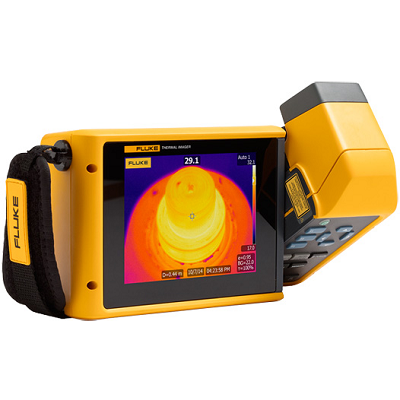
Thermal Imagers
Environmental testing can identify and quantify compounds and pollutants in air, water, or soil. Alternatively, environmental testing can verify that a product or piece of equipment will perform as expected once it is out in the world. This can take the form of climate testing (e.g. temperature or humidity) or mechanical testing (e.g. measuring shock or vibration). Key instrumentation used in and out of the lab include sample prep equipment, temperature chambers, biofuel analyzers, balances, evaporators, and stability chambers; and particle counters, pH meters, and refractometers, often in handheld versions for field testing. GC systems, auto samplers, and software are also commonly used in environmental testing, along with HPLC systems for carbamate and explosives analysis. Advances in field testing include the ability to use cell phone technology to remotely monitor equipment, and a laser particle analyzer specifically designed for use in the field.

